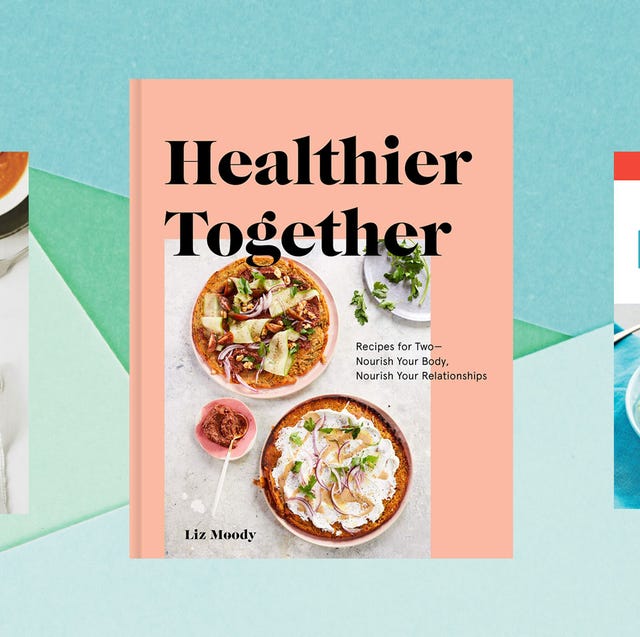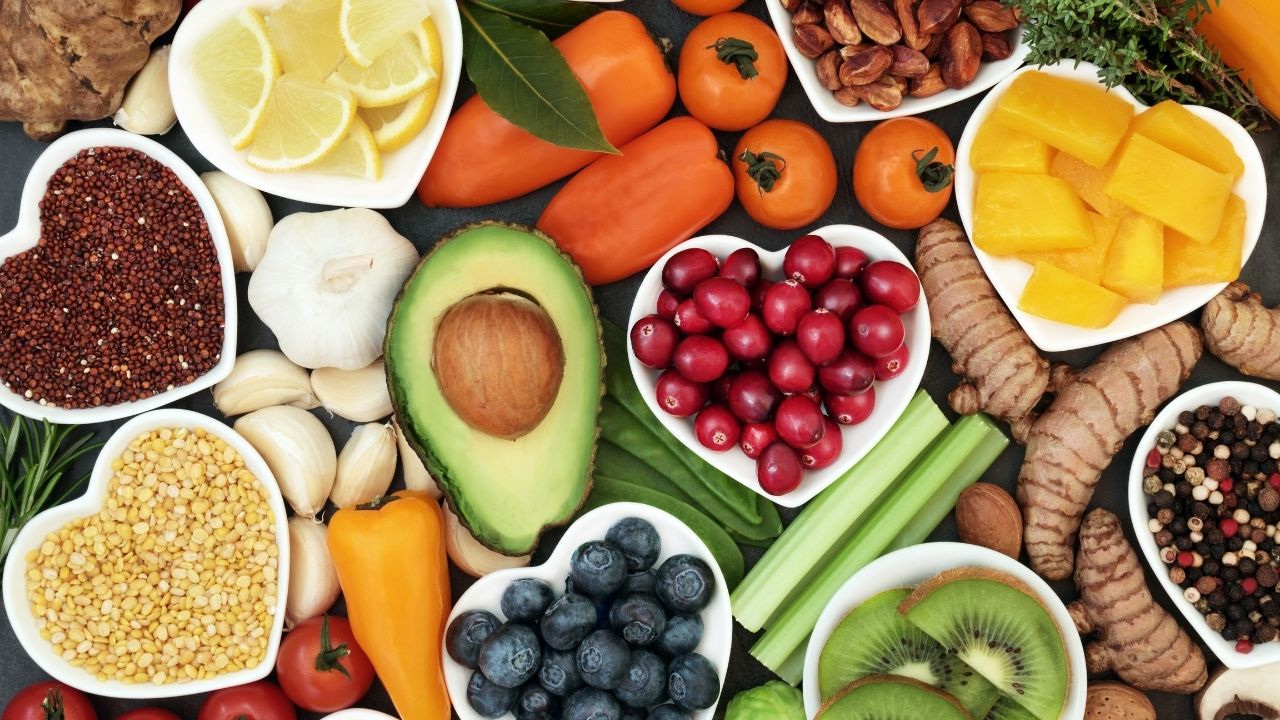
Eat more legumes or beans to help prevent joint pain. Beans can reduce your risk for arthritis by up to 40%, according to studies. In addition, beans contain iron, zinc, folic and folic, which all can help to reduce inflammation. Also, try to avoid sugary drinks, like soda and apple juice, since they may increase your risk.
Other foods to consider adding to your diet are those that will improve your overall health. For instance, you can add garlic to stir-fry dishes to help reduce the pain. In addition, you should consume more low-fat dairy products, which are rich in calcium and vitamin D, which can improve joint strength and reduce painful symptoms. Additionally, you should eat lots of dark-leaf vegetable and legumes that are rich with antioxidants. Broccoli, for instance, is high in sulforaphane. This compound may slow down the progression osteoarthritis.

Broccoli, another good option for people suffering from osteoarthritis, is also an option. This cruciferous vegetable is packed with carotenoids and vitamin C. It is especially high in antioxidants if eaten raw. Researchers from the University of East Anglia, England, looked into the relationship between broccoli OA. The researchers discovered a chemical called sulforaphane that may slow down progression of the disease.
Avocados, walnuts and pine nuts are all good options. These nuts can provide vitamins and minerals that are beneficial, but may also be high in calories. Oily fish is also a good choice and is high in omega-3 fatty acids. You can eat salmon, tuna, and mackerel, but you should limit your intake of these foods. Limiting your intake of butter, cream and ice cream is a good idea, along with nuts and avocados.
Reduce your intake of sugar and saturated fat. These foods can lead to damage to the cartilage at the knee. Avoid seafood and meat. These are high-fat foods that should be avoided. To prevent heart disease, it is important to limit alcohol consumption. Nightshade vegetable consumption should be avoided.

For some, it is difficult to cut down on inflammatory food. But cranberries can be a good choice for those with OA. They are rich in anthocyanins which are powerful anti-inflammatory antioxidants. The high level of vitamin A in cranberries neutralizes the harmful effects of free radicals, which can cause cartilage damage and joint pain.
FAQ
What causes weight loss as we age?
How do I know if my bodyweight changes?
Weight loss occurs when there is less fat than muscle mass. This means that the amount of calories consumed must exceed the amount of energy used daily. A decreased level of activity is the main cause of weight loss. Other factors include stress, illness and pregnancy. Weight gain is when there are more calories than muscle mass. It occurs when people consume more calories per day than they need. There are many reasons for this, including overeating and increased physical activity.
The main reason why our bodies lose weight is because we consume fewer calories than we burn. Exercise regularly increases your metabolism rate, which allows you to burn more calories every day. But, this does not mean that we will be thinner. It is important to know if we are losing weight or gaining muscle. If we're burning more calories than we're consuming then we're going to lose weight. If we consume more calories that we burn, we are actually storing them in fat.
As we age, our ability to move around is slower and we are less mobile. We also tend eat less than we used to. We tend to gain weight. We also tend to look larger because we have more muscle.
If you don't weigh yourself every week, it's impossible to determine how much weight has been lost. There are many ways you can measure your weight. You can gauge your waist size, hips, hips, thighs and arms. Some prefer to use bathroom scales, while others prefer tape measures.
Track your progress by measuring your waistline and weighing yourself every week. To track your progress, you can also take photos every few months of yourself to see how far it has come.
You can also check your height online to find out how many pounds you have. If you're 5'10' tall and weigh 180lbs, you'd likely weigh 180lbs.
Exercise: Good or Bad for Immunity?
Exercise is good for your immune systems. Exercise boosts the production of white blood cells, which can fight off infections. Your body also eliminates toxins. Exercise helps to prevent heart disease and cancer. It reduces stress.
Exercising too often can cause your immune system to be weaker. Your muscles can become sore if you exercise too much. This causes inflammation, swelling, and can even lead to death. In order to fight infection, your body must produce more antibodies. These extra antibodies can lead to allergies or autoimmune disorders.
So, don't overdo it!
Here are five ways to lead a healthy lifestyle.
Healthy living means eating right, exercising regularly and getting enough sleep. It also involves managing stress and having fun. Eating well means avoiding processed foods, sugar, and unhealthy fats. Exercise can help you burn calories and strengthen your muscles. You can improve your memory and concentration by getting enough sleep. Stress management is a way to reduce anxiety levels and depression. Fun keeps us vibrant and young.
What should I be eating?
Take in lots of fruits and veggies. They contain vitamins and minerals which help keep your immune system strong. They are also rich in fiber, which is good for digestion and makes fruits and vegetables filling. Aim to eat five to six servings of fruit each day.
Make sure you drink plenty of water too. Water helps flush toxins out of your body and makes you feel fuller between meals. Drink about eight glasses each day.
Choose whole grains over refined grains. Whole grains are rich in nutrients such as iron, zinc and magnesium. Refined grains have been stripped of some of their nutrition.
Avoid sugary drinks. Sugary drinks are full of empty calories and lead to obesity. Choose water, milk or unsweetened tea instead.
Avoid fast food. Fast food has very low nutritional value. Although it may taste delicious, fast food won't provide you with the energy you need for your daily activities. Use healthier options, such as soups, sandwiches, salads, and pasta.
Try to limit alcohol intake. Alcohol is a poor nutrient and has empty calories. Limit yourself to no more than two alcoholic beverages a week.
Red meat consumption should be reduced. Red meats contain high amounts of saturated fats and cholesterol. Instead, choose lean cuts of beef and pork, lamb, chicken or fish.
What are 10 healthy lifestyle habits?
-
Have breakfast every day.
-
Don't skip meals.
-
Be balanced.
-
Get plenty of water.
-
Take care to your body.
-
Get enough sleep.
-
Avoid junk food.
-
Get at least one form of exercise each day.
-
Have fun
-
Find new friends
Statistics
- WHO recommends consuming less than 5% of total energy intake for additional health benefits. (who.int)
- The Dietary Guidelines for Americans recommend keeping added sugar intake below 10% of your daily calorie intake, while the World Health Organization recommends slashing added sugars to 5% or less of your daily calories for optimal health (59Trusted (healthline.com)
- This article received 11 testimonials and 86% of readers who voted found it helpful, earning it our reader-approved status. (wikihow.com)
- According to the Physical Activity Guidelines for Americans, we should strive for at least 150 minutes of moderate intensity activity each week (54Trusted Source Smoking, harmful use of drugs, and alcohol abuse can all seriously negatively affect your health. (healthline.com)
External Links
How To
What does "vitamin" actually mean?
Vitamins are organic compounds naturally found in food. Vitamins are necessary for us to absorb nutrients in the foods we consume. Vitamins cannot be made by the body; they must be taken from food.
There are two types of vitamins: water soluble and fat soluble. Water-soluble vitamins dissolve easily when they are dissolved in water. Examples include vitamin C,B1 (thiamine), B2 (riboflavin), B3 (niacin), B6 (pyridoxine), folic acid, biotin, pantothenic acid, and choline. The liver and fatty tissues are home to fat-soluble vitamins. Some examples include vitamin D and E, K, A and beta carotene.
Vitamins are classified according their biological activity. There are eight major vitamin groups:
-
A - essential for normal growth and maintenance of health.
-
C - vital for proper nerve function, and energy production.
-
D – Essential for healthy teeth, bones and joints
-
E is required for good vision and reproduction.
-
K - essential for healthy muscles, nerves, and bones.
-
P - vital for building strong bones andteeth.
-
Q - aids digestion, absorption and absorption iron
-
R is required for the production of red blood cells.
The recommended daily allowance (RDA) of vitamins varies depending on age, gender, and physical condition. The U.S. Food and Drug Administration sets RDA values.
For adults aged 19 and older, the RDA for vitamin B is 400 micrograms daily. However, pregnant women need 600 micrograms per day because it is important for fetal development. Children ages 1-8 require 900 micrograms per day. For infants younger than one year, 700 micrograms are required daily. However, this number drops to 500 micrograms each day for children aged 9-12 months.
Children between the ages 1--18 years old who are overweight or obese require 800 micrograms per Day, while those who are overweight or obese need 1000 micrograms. To meet their nutritional needs, children underweight and obese require 1200 micrograms a day.
2200 mg of vitamin A per day is required for children aged 4-8 who have been diagnosed by anemia.
2000 micrograms daily is required for adults over 50 to maintain their general health. Due to their increased nutrient needs, pregnant and breastfeeding women need 3000 micrograms daily.
1500 micrograms is the recommended daily intake for adults aged 70+, who lose approximately 10% of muscle each year.
Women who have been pregnant or are lactating require more than the RDA. Pregnant woman need 4000 micrograms daily in pregnancy, and 2500 per day after childbirth. Breastfeeding mothers need 5000 mg per day when breastmilk is being produced.